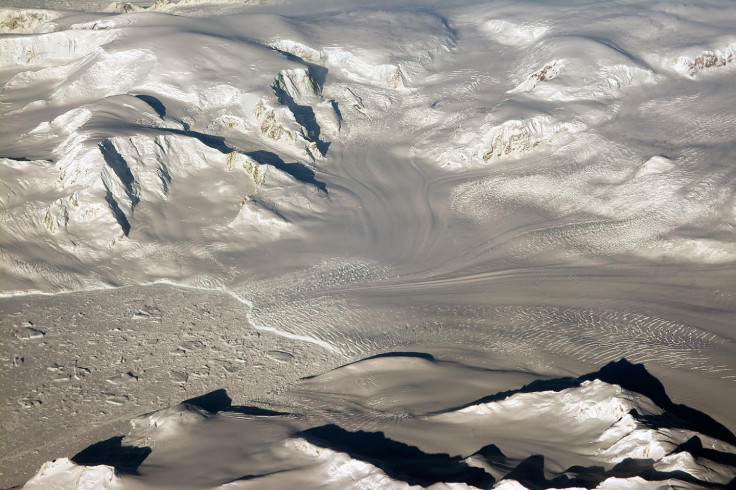Gigantic valleys and fissures in the sea floor revealed beneath West Antarctic Ice Sheet
The valleys allow more circulation of warmer water underneath the ice sheet, which could accelerate melting.
Huge rifts and valleys discovered underneath the floating parts of the West Antarctic Ice Sheet make the fast-melting glaciers in the area more vulnerable to melting than previously thought.
Fine-scale gravitational data from Nasa's Operation IceBridge missions revealed the features of the sea bed beneath the 2-kilometre-thick floating ice sheet, with results published in a paper published in the journal Geophysical Research Letters.
The most significant finds were previously unknown valleys beneath the Crosson and Dotson ice shelves, which flow into the Amundsen Sea. The two valleys are about 500m and 750m deep at the front of the ice shelves, respectively, but increase to more than 1,200m deep further in beneath the ice sheets.
The valleys allow the flow of warm water underneath the glaciers, which may make them more vulnerable to melting. If the entire West Antarctic Ice Sheet melted it would cause sea levels to rise by 1.2m.
"These oceanic features are several hundred to a 1,000m deeper than what we thought before," said study author Romain Millan of the University of California, Irvine.
"It gives new insight into the future fate of these glaciers and the potential influence of warm ocean water that can melt away ice from below."
However, some newly discovered features suggest are helping to stabilise the ice sheet by protecting it from the warmest waters. A natural ridge at a depth of about 700m blocks off some of the warmest water from flowing underneath the Crosson ice sheet. Water around the poles is warmest at depths below about 600-700m, Anna Hogg, a researcher at the University of Leeds, told IBTimes UK.
Reducing the flow of warm water under this part of the ice sheet could be helping to slow its melting. However, underneath the Dotson Ice Shelf, there is no sill to block the warmer water.
These discoveries are important because data on the sea floor surface is used in climate models to predict how the West Antarctic Ice Sheet will react to climate change.
"A more detailed and better resolved topography in this region will help improve the accuracy of future ice loss predictions from ice sheet models," Hogg said.

© Copyright IBTimes 2025. All rights reserved.






















